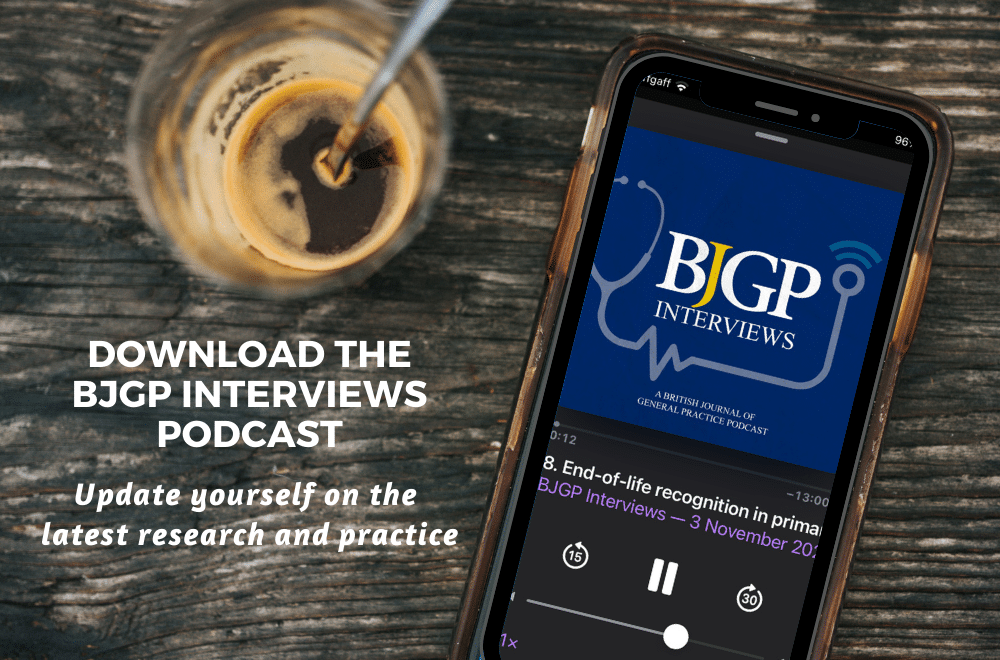In this episode, we talk to Dr Georgia Richards, who is a Research Fellow in the Centre for Evidence-Based Medicine at the University of Oxford. We’re going to talk about the research that she has published alongside first author Isabella Martus titled, ‘Private prescribing of controlled opioids in England, 2014-2021: a retrospective observational study’.
Available at: https://doi.org/10.3399/BJGP.2023.0146
There are concerns over the long-term, high-dose use of opioids in people with chronic pain – trends for which have been described using NHS prescription data. However, opioids can also be acquired from outside of NHS services, including private prescribers, over-the-counter (e.g. CoCodamol), and through online healthcare services and pharmacies or the “dark web”. Without exploring non-NHS data, the full picture of opioid use in England cannot be understood. This is one of the first studies that sought to fill this important gap by investigating opioid prescribing in the private sector. We found that the number of controlled opioid items prescribed by private prescribers in England halved between January 2014 and November 2021, and that most prescribing occurred from prescribers in London. There were also controlled opioid items dispensed by “unidentified doctors”, which must be addressed to ensure patient safety. While there is the monitoring of controlled drug prescribing by NHS England Controlled Drug Accountable Officers, expanding access to such data to allow for a greater visibility and wider analysis of non-NHS data, including the private prescribing of controlled opioids, will help identify harms and policy gaps that can be addressed to improve patient safety.

